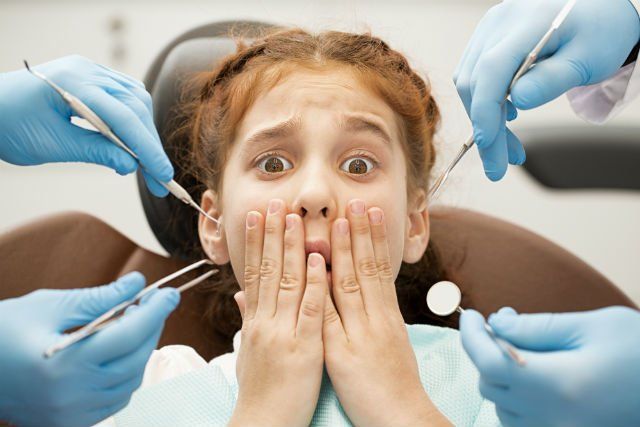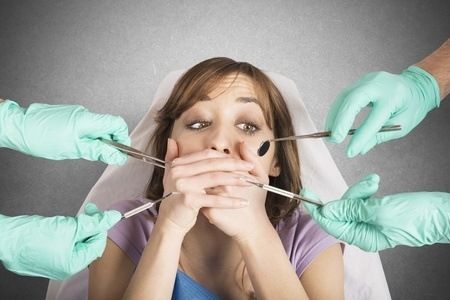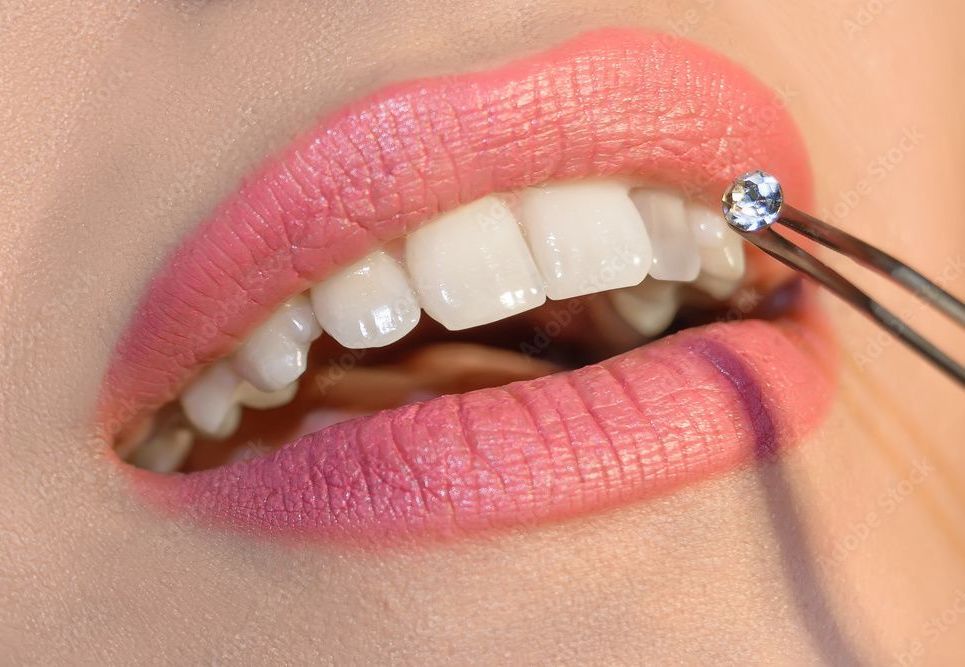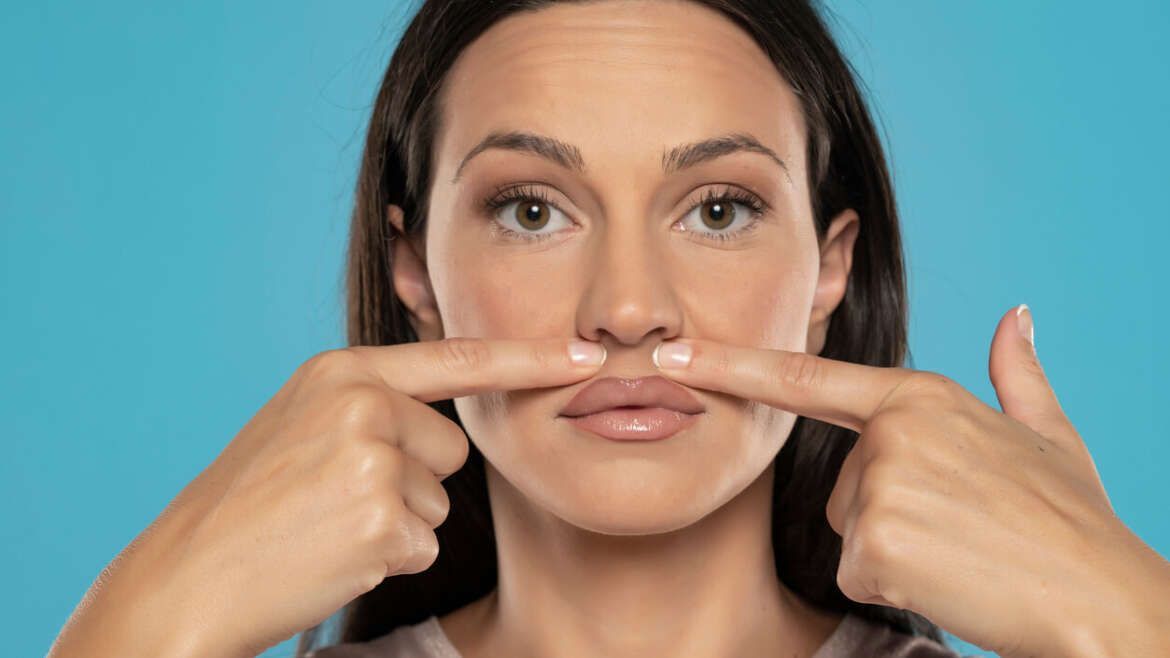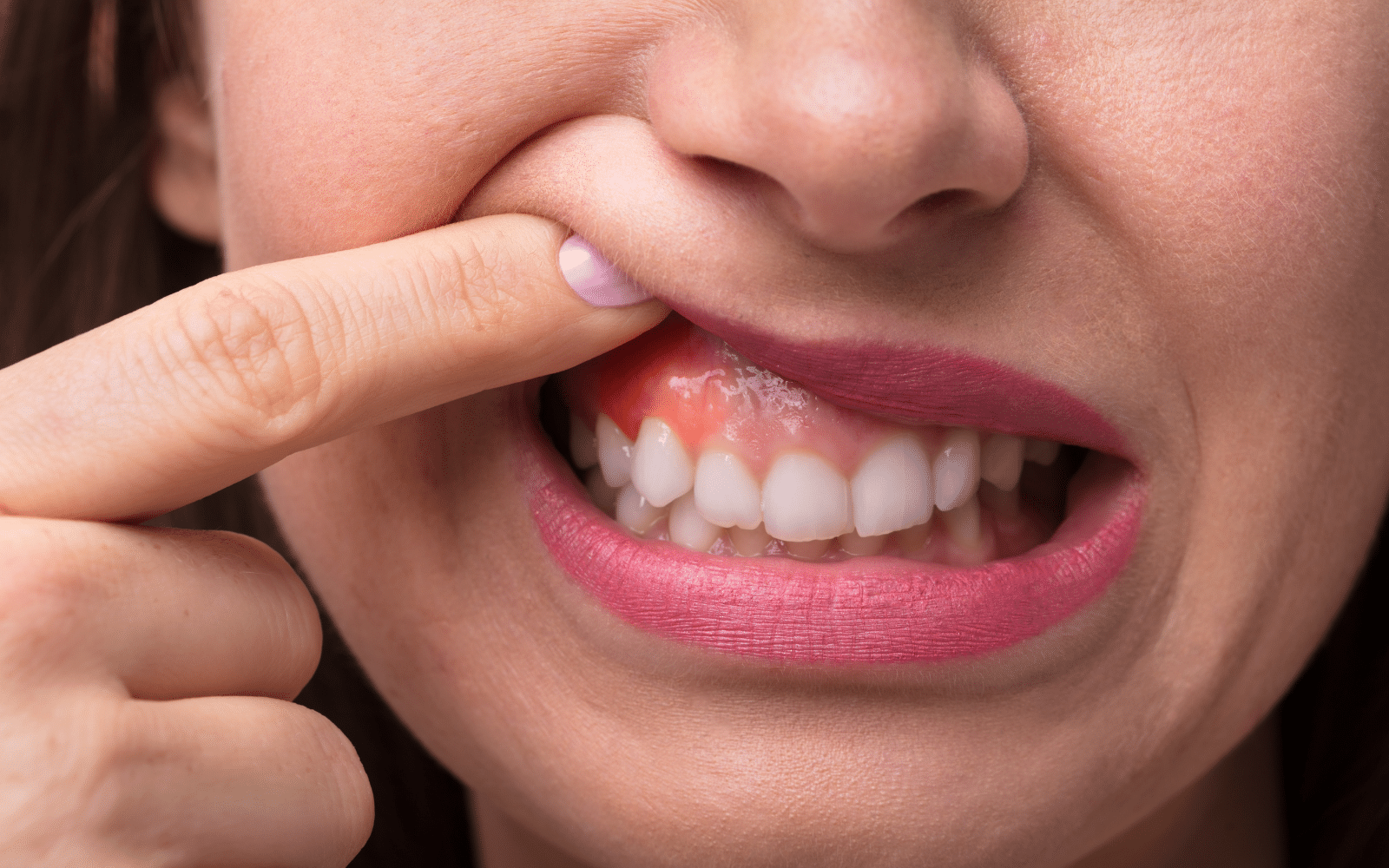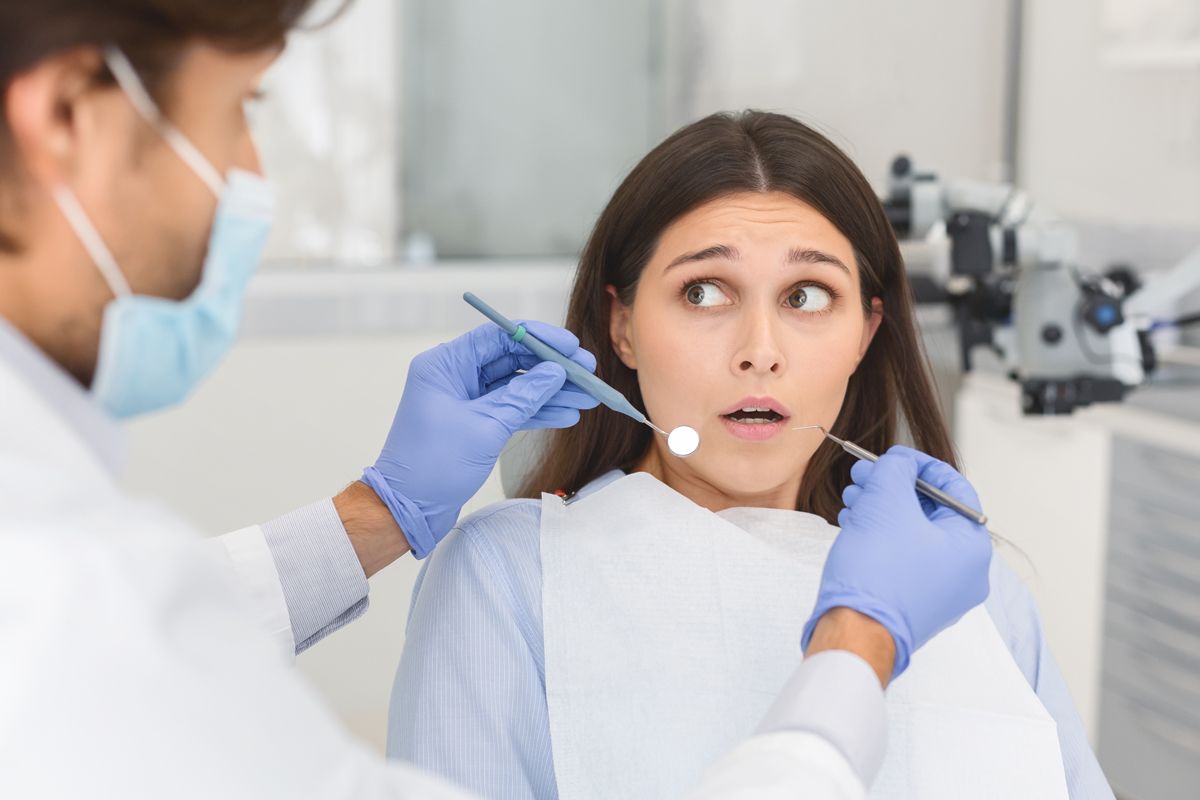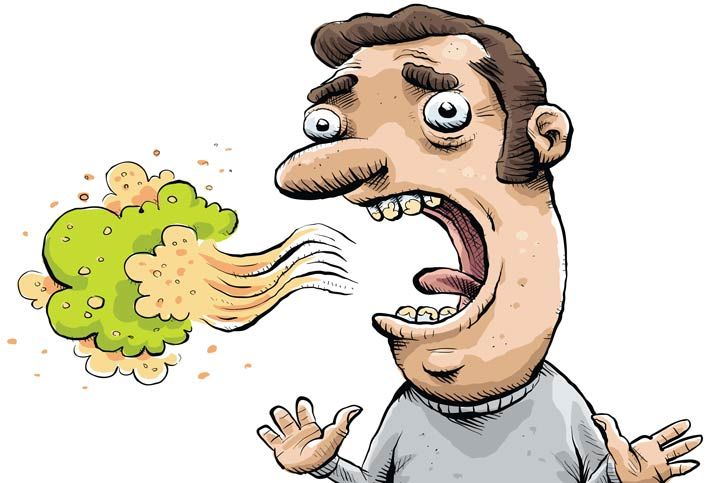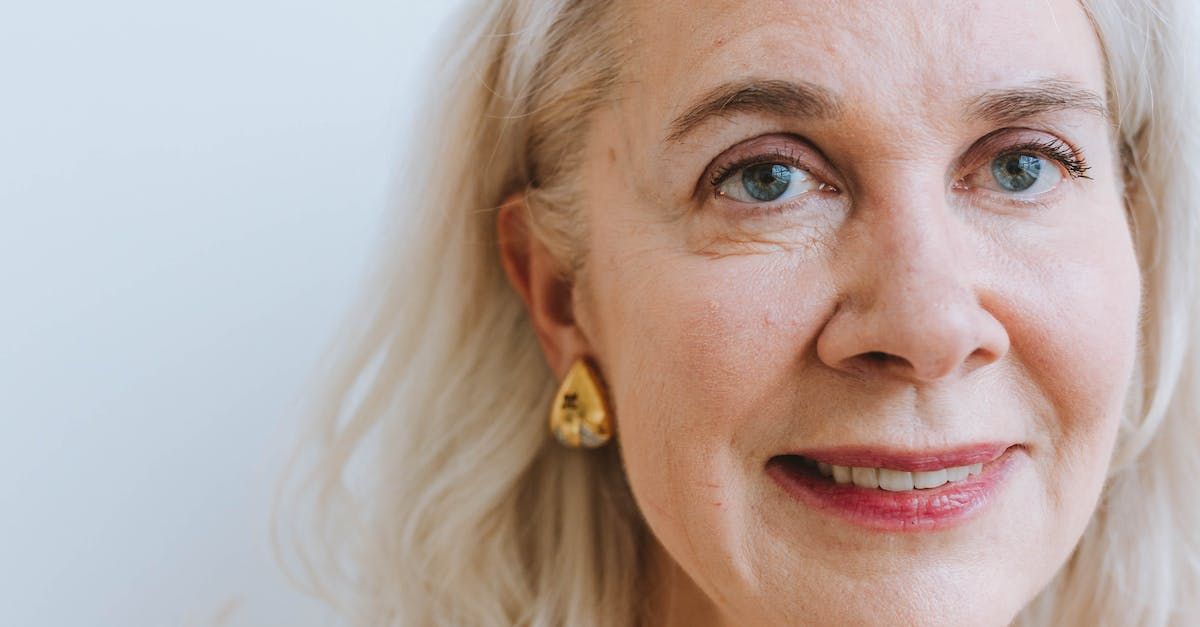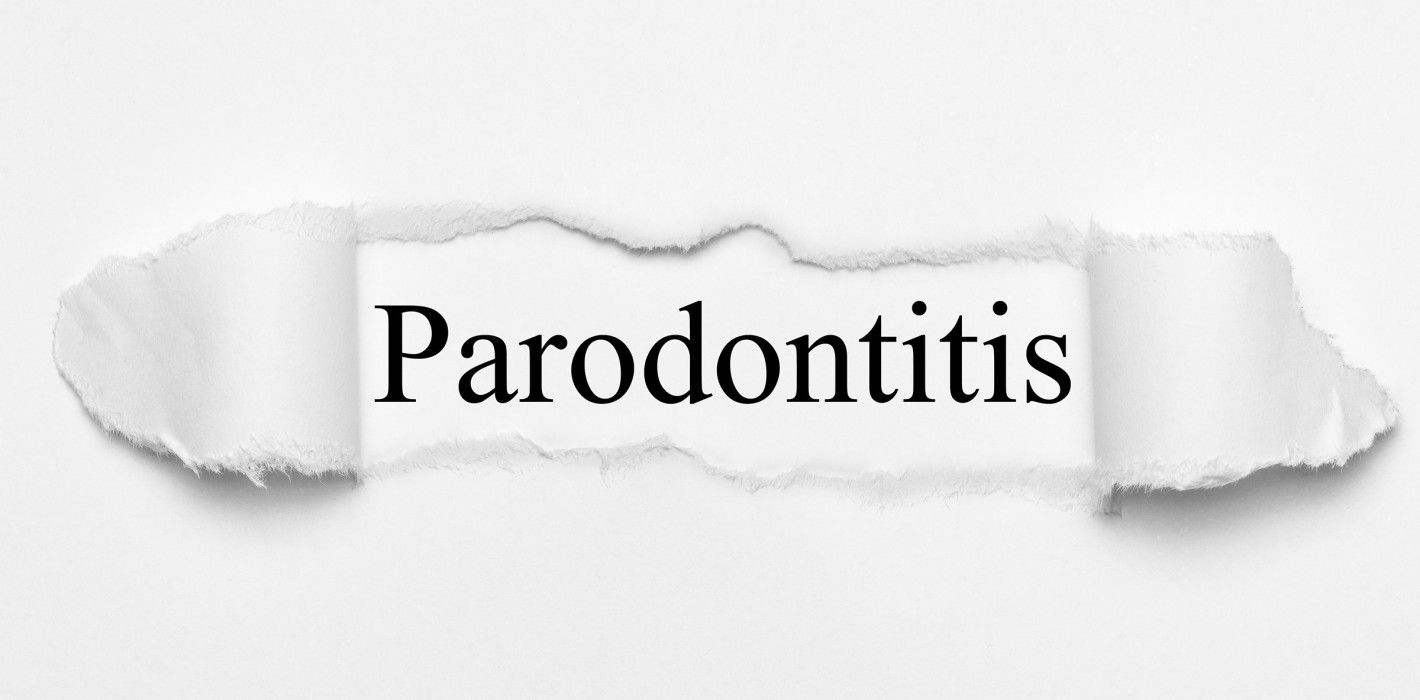What to do if you lose a tooth?

It is the terror of many people to lose a tooth suddenly, always generates a certain panic but it is an event that can easily happen due to accidental falls or trauma.
For this reason it is better to be ready and know the right ways of keeping the tooth to avoid panicking and causing further damage.
First thing to do, in case of sudden fall of a tooth, is to immediately turn to a dentist!
A fallen tooth, in fact, can still be saved.
Here is a small guide on what to do in the first minutes after the accident:
• Keep calm or, however, keep it to the person who lost the tooth.
• Recover the tooth and grab it from the crown without touching the roots.
• In case the tooth is dirty, wash it for 10 seconds with fresh running water. Do not rub it to clean it, just rinse it briefly!
• If you are sure about the cleanliness and integrity of the tooth, try to replant it in its seat. Make a handkerchief bite to keep the tooth in place.
• If it is impossible to put it back in place, put the tooth in a glass of milk (its PH keeps the root cells alive) or in saline (NO water). It would also be good to keep the tooth in your mouth and keep it in your saliva. In this case, however, it is necessary to ensure that the person is conscious and that there is no risk of ingestion.
• Bring the tooth fell immediately from the dantist, better if within an hour and, in any case, no later than 24 hours from the event.
If possible, call the studio and let them know what happened.
Someone who is with you can get advice from the dentist on the phone if necessary.
During office hours we are always available to accommodate urgencies and we strive to receive patients as soon as possible. For weekend emergencies you can contact the picket service of our company STMD that will provide the first necessary care.
